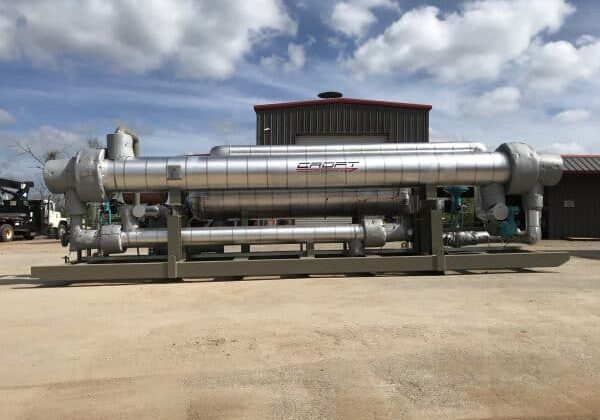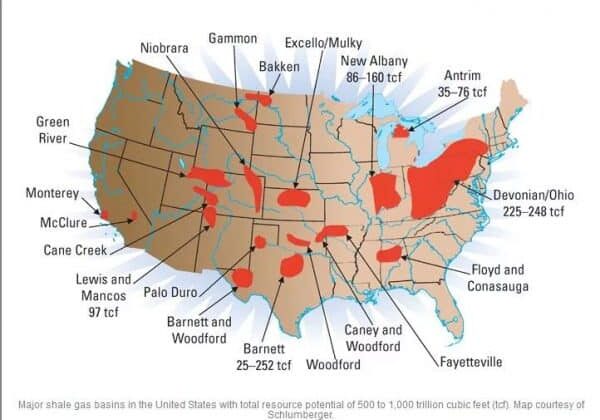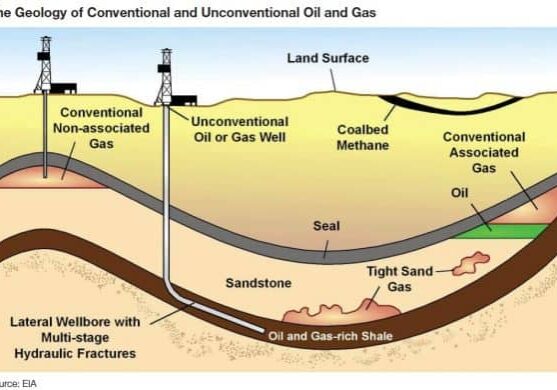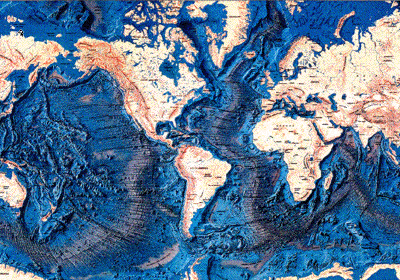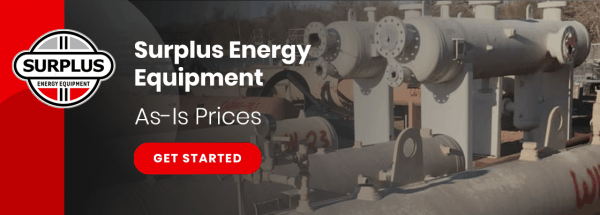Test your knowledge for oil and gas!
1. Where was the world’s first commercial natural gas well drilled?
a. Dhahran, Saudi Arabia
b. Beamont, Texas
c. Berozovo, Russia
d. Fredonia, New York
2. Natural gas is mostly made up of?
a. Propane
b. Methane
c. Hydrogen
d. Carbon Dioxide
3. Natural gas burns cleaner than coal or oil. But it is not emissions-free. Burning coal for electricity creates how much more carbon dioxide than burning natural gas?
a. 10% more
b. 35% more
c. 80% more
d. 100% more
4. The largest use of natural gas in the United States and Europe is for:
a. Cooking
b. Fertilizer production
c. Generating electricity
d. Heating homes
5. Many European countries rely on Russian natural gas for heating and electricity. Most of Russia’s gas exports to Europe are sent by pipeline through which country?
a. Ukraine
b. Belarus
c. Turkey
d. Estonia
6. When no pipelines are available, natural gas can be transported as liquified natural gas (LNG) in large ships with domed tanks. Chilling the gas to -260 degrees Farenheit changes it into a liquid. How much more natural gas can be stored as LNG than in its gasoline state?
a. Twice as much
b. Sixty times as much
c. Six hundred times as much
d. One thousand times as much
7. World natural gas supplies look much largen than they appeared to be just a few years ago, thank to technological innovation that has allowed producers to tap the natural gas locked in underground shale rock. Where was natural gas found and produced before this development?
a. In “traps,” or pockets in underground rock layers
b. Mixed with the oil in oil reservoirs
c. Floating on top of oil in oil reservoirs
d. All of the above
8. The World Bank has partnered with many options and energy companies to reduce the practice of “flaring- the burning off of natural gas as a byproduct at crude oil wells, typically where there is no pipeline to capture the gas. Why is the practice criticized?
a. For causing light pollution
b. Foir damaging drilling equipment
c. For wasting a valuable energy source
d. For driving down energy prices
9. Compressed natural gas (CNG) vehicles have a drawback. What is it?
a. The tank full of natural gas is extremely dangerous in a crash
b. CNG tanks tend to be large and bulky, making their use difficult in small cars
c. Natural gas can’t move a vehicle faster than 35 miles per hour
d. Burning natural gas creates an unpleasant smell that bothers other drivers
10. Which country has the most vehicles equipped to run on natural gas?
a. The United States
b. Germany
c. Pakistan
d. Russia
11. Where did the deadliest natural gas disaster occur in the United States?
a. New London, Texas
b. Cleveland, Ohio
c. San Bruno, California
d. Natchitoches, Louisiana
12. While the world’s oil supplies are dwindling, much of the globe’s natural gas remains untapped. Roughly, how much of the estimated global supply have we used up sO far?
a. 1%
b. 8%
c. 25%
d. 50%
Answers:
1. Correct Answer: Fredonia, New York
The world’s first natural gas well was dug in Fredonia, New York, in 1825. Within four years, it supplied enough natural gas to light four stores and a grist mill.
2. Correct Answer: Methane,
Methane is produced by the decomposition of natural materials, is the primary component of the natural gas used for fuel and heating.
3. Correct Answer: 100% more
Compared to the average coal-fired plant, burning natural gas produces half the carbon dioxide, less than a third of the nitrogen oxides, one percent of the sulfur oxides and much lower levels of mercury.
4. Correct Answer: Heating Homes
The largest use is generating electricity at power plants, representing about one-third of natural gas sold both in the United States and in the European nations that are members of the International Energy Organization.
5. Correct Answer: Ukraine
Ukraine’s critical spot as a transit country for Russian gas means that disputes between Russia and Ukraine over gas prices can result in pipeline shutdowns and gas shortages all over Europe, as happened in the winter of 2009.
6.Correct Answer: Six hundred times as much
LNG takes up only 1/600th of the space that the fuel would require in its gaseous state, making the super-chilled product more efficient to transport long distances.
7. Correct Answer: All of the above
Natural gas is often co-produced with oil, found mixed in the reservoir or on top. Conventional natural gas producers also tapped into folds of rock where gas had trapped into pockets, geologists think the gas migrated to these traps from shale source rock.
8. Correct Answer: For wasting a valuable energy source
In many oil-rich parts of the world, natural gas produced during oil drilling could easily be harnessed to provide light and power to nearby cities and towns. Instead, much of it is essentially thrown away.
9. Correct Answer: CNG tanks tend to be large and bulky.
A gallon of CNG provides only a quarter of the energy a gallon of gasoline does, so CNG vehicles require big fuel tanks best suited to large vehicles such as buses and trucks.
10. Correct Answer: Pakistan
Pakistan boasts more than 2.3 million vehicles running on natural gas-nearly a quarter of the world’s 11.2 million total in 2009.
11. Correct Answer: New London, Texas
A natural gas explosion on March 18, 1937 destroyed a school in New London, killing nearly 300 students and adults. This disaster prompted distributors to begin adding an odorant, such as mercaptan, to natural gas so leaks can be more easily detected.
12. Correct Answer: 8%
The IEA estimates that world has used only 66 trillion cubic meters of 850 cubic meters of recoverable natural gas reserves.
Let us know how you did in the comments below! Check out our product line at the link below for all your oil and gas needs.

